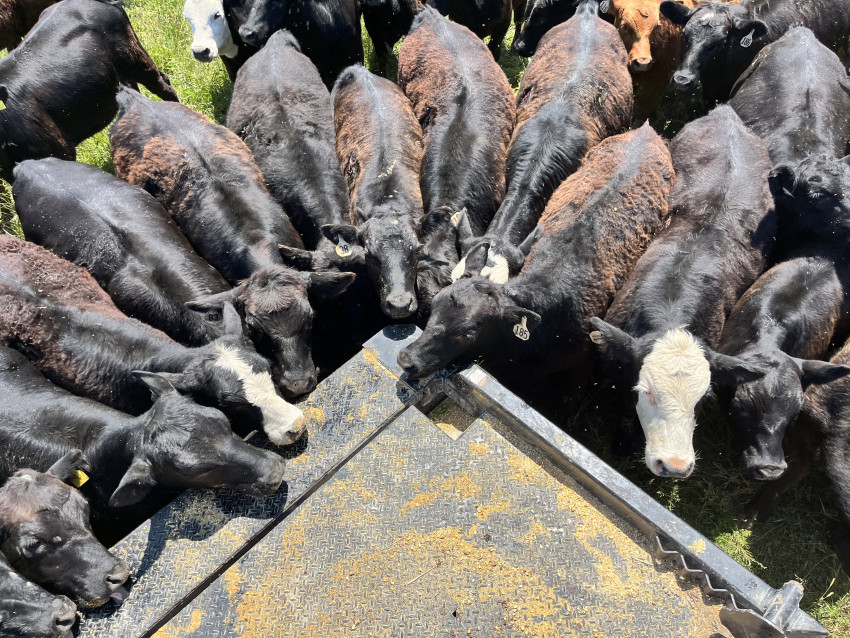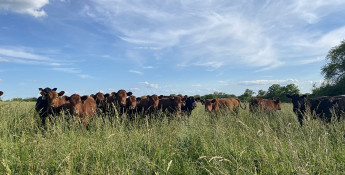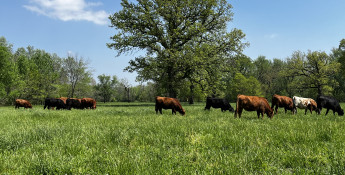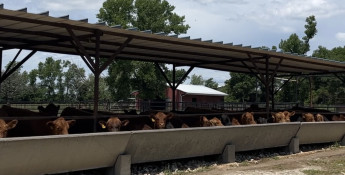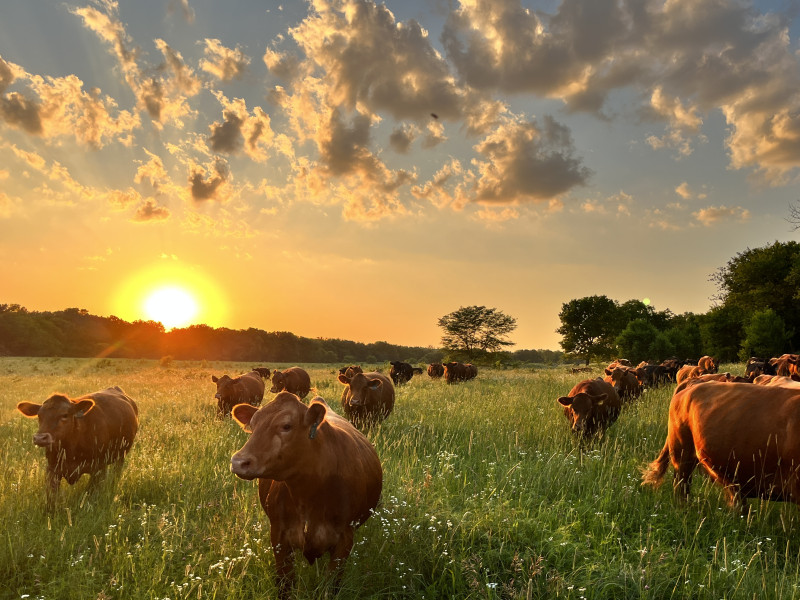By Brandi Buzzard on July 24, 2023
How Cattle Benefit the World

There are numerous “Thank a [insert service professional]” days celebrated in our society. Firefighters, teachers, nurses, veterans, truckers – deservedly so, the list of worthy candidates for our appreciation and recognition is endless. Would you be surprised to learn there is a bonafide Cow Appreciation Day?
The national day of gratitude for our bovine colleagues falls on June 11 every year, but truth be told, I’m thankful for their presence in our pastures nearly every day for a multitude of reasons. You’d be hard-pressed to find a domesticated animal that contributes not only to the livelihood of its stewards but also to the daily lives of billions of people worldwide.
The obvious beneficial tenets of cattle are the contribution of nutrient dense protein – beef – which is nutritious and delicious. Whether it be beef jerky during a hike, a flavorful burger or a celebratory T-bone steak, lean beef provides a powerhouse of 10 essential nutrients, paired with less than 10 grams of fat and around 150 calories. It’s my protein of choice whether I’m training for a half marathon or starving after a day of moving and working cows.
Other less obvious contributions to our daily lives are the numerous goods that cattle processing by-products are incorporated into, such as insulin, dish soap, crayons, bone china, tires and much more. We have a fun saying in the beef industry as it pertains to harvesting cattle: “We use everything but the moo,” and we aren’t exaggerating. No viable part of the animal is wasted, which further strengthens their positive impact on our lives.
You might think that’s it – finito – for the ways cattle improve our lives but you would be wrong. Not only do cattle make our lives easier through the aforementioned avenues, but they also pull double duty by positively contributing to conservation and climate preservation.
When cattle graze in pastures, they are embracing their role as part of the biogenic carbon cycle, which is the natural cycle of carbon in our environment. When plants perform photosynthesis, they convert carbon into cellulose. Dense cellulosic grasses cannot be digested by humans, but cattle are easily able to consume and digest such plant matter. Cattle convert the cellulose into beef – I affectionately call this “upcycling” – while belching methane into the atmosphere, where it remains before cycling back into the soil and plants. This is the natural way that cattle, plants and carbon existed before man-made technology and industry started to have an effect.
Not only do cattle create beef from cellulose, but they also significantly contribute to the reduction of food waste by consuming by-products from human food and fiber production. Across the nation, cattle consume by-products such as spent grapes, tomato waste, sugar beet pulp, dried distillers grains, potatoes, cottonseed hulls and much, much more. If cows didn’t consume these feedstuffs – which are safe and incorporated into their rations by a certified nutritionist – the by-products would sit in a landfill and further contribute to greenhouse gas emissions. Not to mention the unfortunate and avoidable waste of the inputs – land, fertilizer, water, herbicides – that went into growing those foods.
I know I’m a bit biased when it comes to my appreciation of cattle but it’s hard not to be pro-cow when I think about all the ways they positively contribute to my livelihood, environment and lifestyle. They deserve not only appreciation, but a healthy and comfortable life, which we are happy to provide on our ranch.

